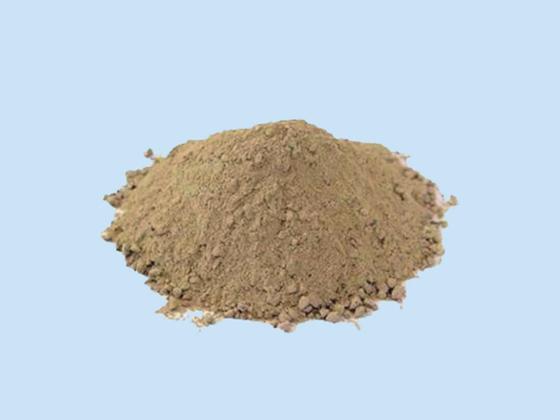
Liaoning Haicheng Xinyue Refractories Co., Ltd.
Mobile phone: +86-15041737767 +86-13322303666
Website:yushunda.com.cn
Mailbox: xinyuenaihuo@163.com
Address: East Pai Lou Industrial Park, Pai Lou Town, Haicheng, Liaoning.
The binders used in dry vibrating materials are mainly phenolic resin powder, asphalt powder, polyphosphate powder and sodium silicate (potassium) powder; sintering agents are iron powder, boric acid (salt), soft clay and bentonite; modifiers are chromite, spinel, alpha-Al2O3, corundum and Cr2O3. Binders, sintering agents and modifiers are sometimes used alone or in combination, depending mainly on the variety of materials and conditions of use.
When melting cast iron and non-ferrous metals in induction furnace, silica or fused silica dry vibrating material is often used for lining, boric anhydride is used as sintering agent, and the dosage is less than 2%. Although the melting point of boric anhydride B2O3 is 450 C and the eutectic temperature with SiO2 is only 372 C, it is not suitable to be used as sintering agent, but the quartz glass is reticulated and has a high viscosity, and B2O3 is also a reticulated structure, which forms a higher viscosity layer when fused together. Therefore, it can sinter at medium and low temperatures, form a viscous layer at medium and high temperatures, and improve the use effect of siliceous dry vibrating materials.
Corundum dry vibrating materials use boric anhydride and soft clay as sintering agent, because Al2O3 and B2O3 can form inconsistent melting compound 2Al2O3. B2O3 and consistent melting compound 9Al2O3. 2B2O3, the former melts at 1035 C and decomposes, the latter melts at 1965 C and the lower eutectic temperature is as high as 1920 C, so it has good fire resistance. Its dosage is less than 8%. Adding soft clay can produce mullite at high temperature and increase its strength. Its dosage is generally about 3%. For Al2O3-SiC-C dry vibrating material, soft clay is used as sintering agent and antioxidant is added to improve medium and high temperature properties. Magnesia type dry vibratory materials are generally made of iron powder and soft clay and other materials as sintering agents. After adding chromite into the magnesia dry vibrating material, the magnesia-chromium dry vibrating material is changed into magnesia-chromium dry vibrating material, and the properties of the material are improved.
